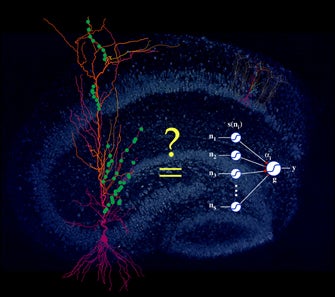Research in Computational Neuroscience at USC involves the use of computers and other technologies to study the information processing functions of the brain, often in close collaboration with experimentalists. The goal of Computational Neuroscience is to build mathematical and/or computer-based models that help to explain existing biological data, but more importantly, that provide a theoretical framework that encapsulates our emerging understanding of the sensory, motor, and cognitive functions of the brain. Our modeling efforts span many levels of neuroscience research, ranging from biophysically detailed models of ion channels, synaptic transmission, and dendritic integration, up through systems-level models of visual perception, sensory-motor control, memory, and language, as well as neurological disorders such as Parkinson’s disease.

Neural Engineering at USC focuses on brain-machine interfaces, and on applications of brain-like processing strategies to help solve difficult technical problems. Examples include neurally-inspired approaches to sensory adaptation, visual face and object recognition, speech recognition, and the control of complex humanoid robots. USC neural engineers have also:
- Developed communication interfaces between electronic circuits and neural tissue, with applications to neural prosthetics and brain implants;
- Designed hybrid optical-electronic hardware systems capable of implementing extremely fast, low power “neuromorphic” computations; and
- Led major efforts in Neuroinformatics, such as pioneering the construction of databases, and visualization and simulation tools for neuroscience research.